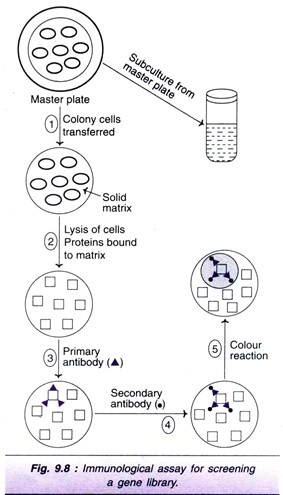ADVERTISEMENTS:
Here is an essay on ‘Vitamin K’ for class 7, 8, 9, 10, 11 and 12. Find paragraphs, long and short essays on ‘Vitamin K’ especially written for school and college students.
Essay on Vitamin K
ADVERTISEMENTS:
1. Historical Review of Vitamin K:
Dam discovered this vitamin after studying haemorrhagic disease in chickens between the years 1930 and 1933.
2. Chemical Structure of Vitamin K:
It is a naphthoquinone derivative.
ADVERTISEMENTS:
It is reported that more than one member of the K family, such as K1 K2 etc., are synthesised by green plants and bacteria. The artificially synthetic product (menadione), 2-methyl-1, 4- naphthoquinone (K3) without any side chain is 3 times more potent than the natural variety.
Two naturally-occurring vitamins K are vitamin K1 (phylloquinone, phytonadione) having a phytyl chain attached at position 3 of menadione nucleus, and vitamin K2 (flavinoquinone, farnoquinone) having a difarnesyl chain attached at position 3. Activity is apparently related to the presence of methyl group at 2 positions in the quinonoid ring. Synthetic vitamin K is called vitamin K3 (commercially menadione).
3. Properties of Vitamin K:
It is fat-soluble, heat stable, and can stand cooking. Vitamin K1 is yellow viscid oil, but vitamin K2 is a yellow, crystalline solid. The K vitamins are readily destroyed by light, alkali and alcohol.
4. Distribution of Vitamin K:
Vegetable sources are rich, such as cabbage, spinach, alfalfa, tomato, soya-bean, etc. It is absorbed from the intestine with the help of bile salts. Most putrefied animals and plants contain considerable amount of vitamin K. It has also been produced synthetically.
Under normal circumstances, adequate amounts are synthesised by normal intestinal bacteria. Excessive amount of vitamin A administration in certain species produces interference with bacterial synthesis of vitamin K in the intestine producing prothrombinaemia and haemorrhagic manifestations.
ADVERTISEMENTS:
ADVERTISEMENTS:
ADVERTISEMENTS:
ADVERTISEMENTS:
5. Functions of Vitamin K:
It helps to maintain the formation of normal prothrombin and factor VII in the blood and thus takes part in normal coagulation. It has been postulated that vitamin K acts as the prosthetic group to an apoenzyme to produce a holoenzyme which is involved in the clotting reactions. Prothrombin and factor VII are formed in the liver.
The principal overall effect of vitamin K is to shorten the prothrombin time. It is also postulated that vitamin K1 is an essential component of phosphorylation in both the processes of photosynthesis in green plants and animal tissues, as a cofactor necessary in oxidative phosphorylation. Loss of activity of vitamin K by ultra-violet radiation impairs oxidative phosphorylation in the mitochondria.
ADVERTISEMENTS:
Bile salts are necessary for the absorption of vitamin K. In jaundice and in certain diseases of liver, when the bile secretion is defective, vitamin K fails to be absorbed resulting haemorrhages. Hepatic disease also produces hypoprothrombinaemia which is corrected by vitamin K administration. The haemorrhagic disease in the new-born is believed to be due to lack of vitamin K, since vitamin K deficiency in the new-born is due to absence of bacteria in their gut. An important therapeutic use of vitamin K is as an antidote to the anticoagulant drugs such as dicumarol.
6. Deficiency of Vitamin K:
Defective blood coagulation and haemorrhages.
7. Daily Requirement of Vitamin K:
Normal mixed diet supplies this vitamin in adequate amount. In the treatment of haemorrhagic diseases produced as a result of vitamin K deficiency, 5 mgm is given either orally or by injection. It is believed that in adults, quite a good amount of vitamin K is synthesised by the bacteria in the gut.


